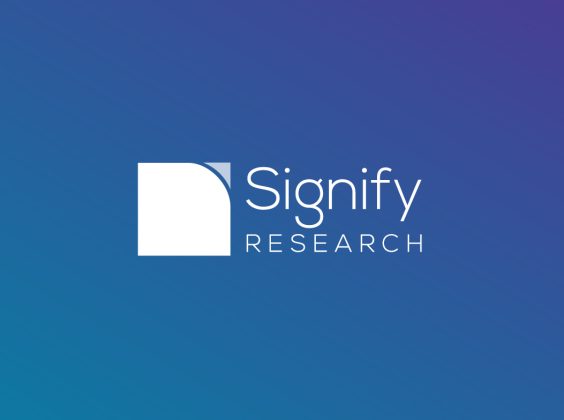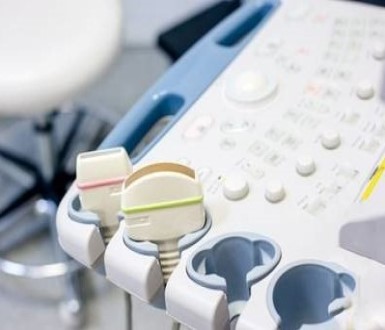Report: 2018 Investments in AI Imaging Startups More Than Double Previous Year’s


Simon Harris
Published: February 4, 2019 In The News
04th February 2019 – Written by Simon Harris – Featured on Health Imaging – In 2018, Capital Investments in startup companies developing medical imaging AI solutions reached almost $580 million – more than double the 2017 amount of $270 milllion, according to a new market report published 31st January by Signify Research.
Of the 2018 total, HeartFlow – the Silicon Valley startup founded in 2007, known for its noninvasive AI analysis software that creates 3D models of coronary arteries from CT scans – accounted for $240 million.
You may also like


